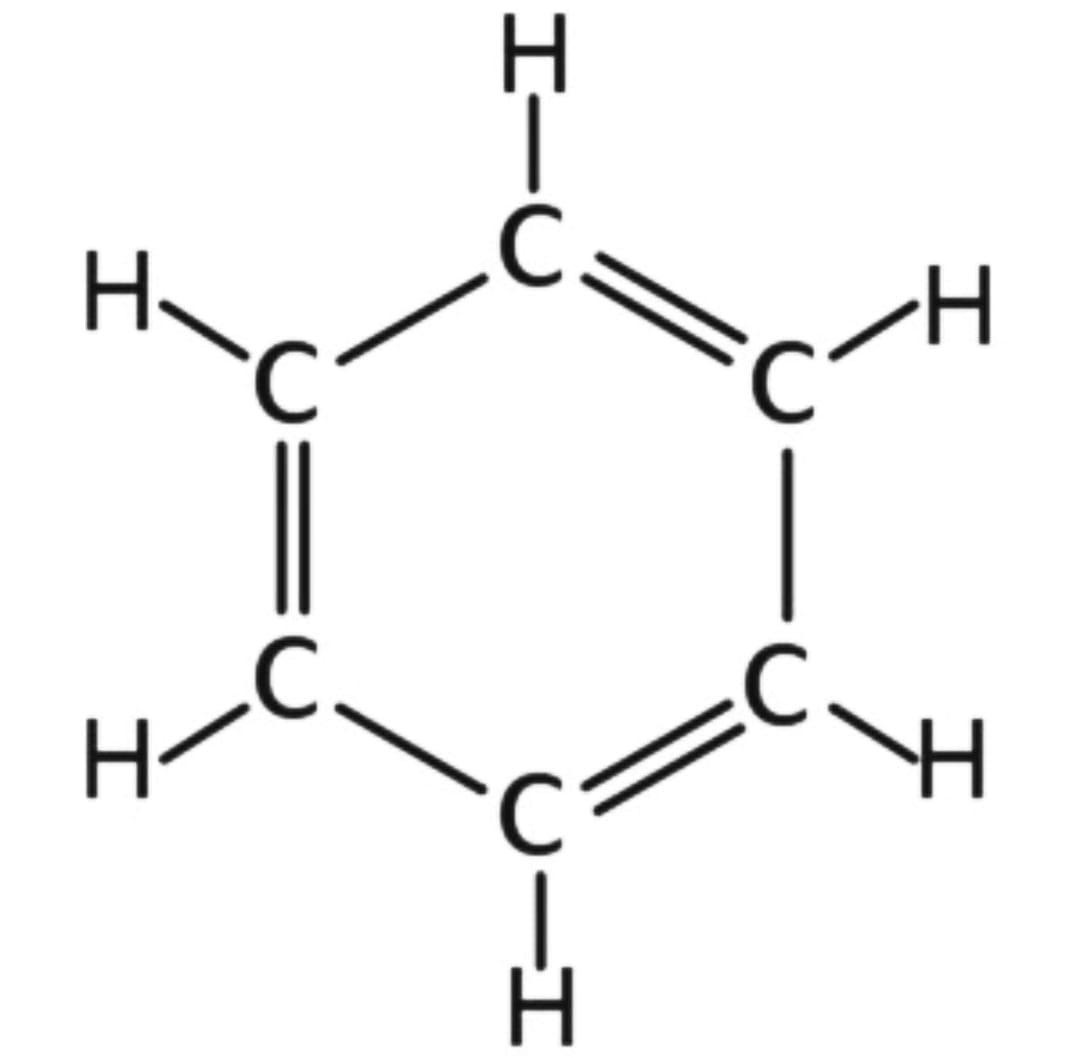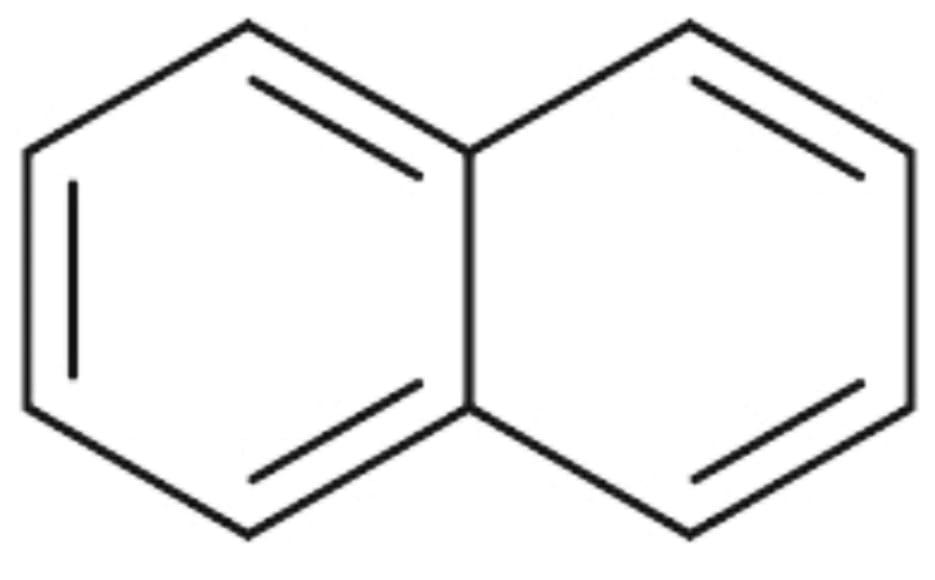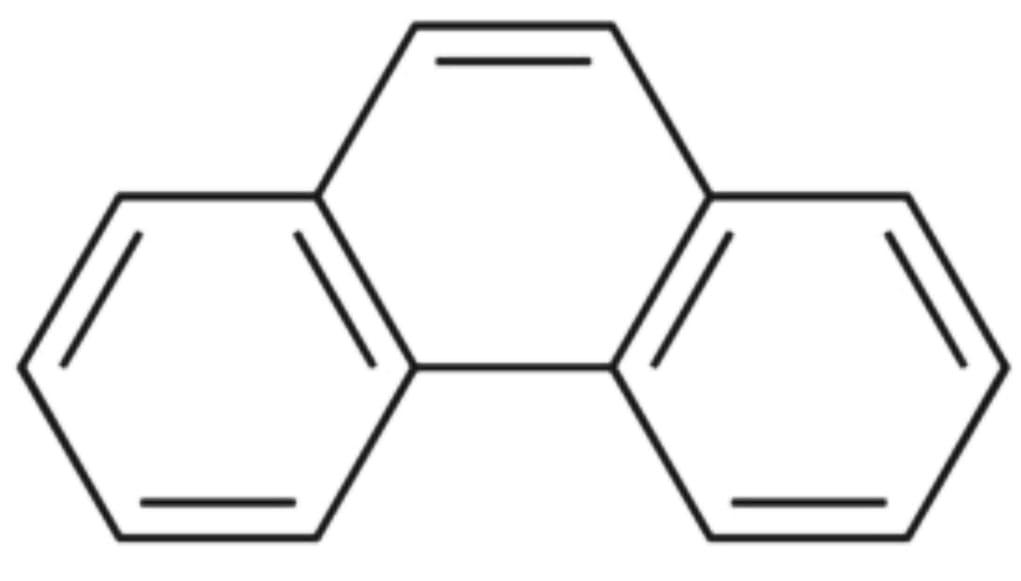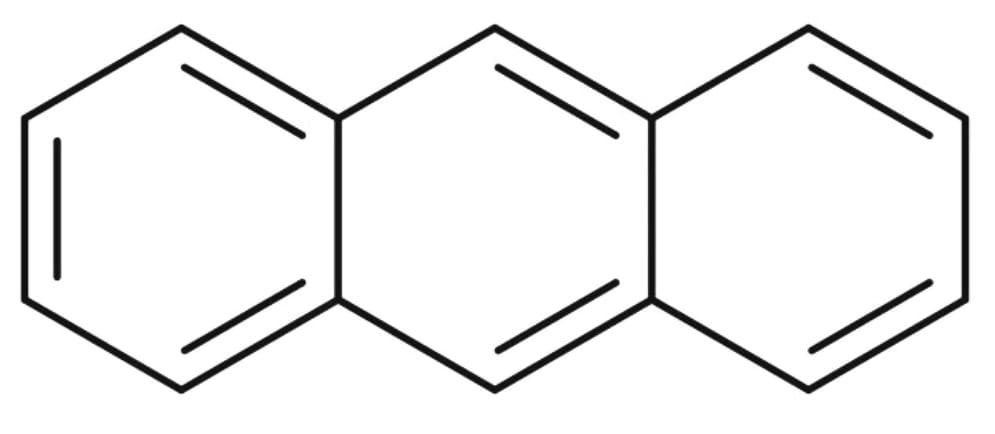
Resonance energy per benzene ring decreases in the order
A . Naphthalene > benzene > Anthracene > Phenanthrene
B . Benzene > Naphthalene > Anthracene > Phenanthrene
C . Benzene > Naphthalene > Phenanthrene > Anthracene
D . All have equal resonance energy
Answer
132.6k+ views
Hint: For polycyclic aromatic hydrocarbons stability can be said to be proportional to resonance energy per benzene rings. So knowing the number of benzene rings each of the mentioned options are having, we can figure out the stability.
Complete step-by-step answer:
> The theoretical difference in molecular energy between resonance hybrid and the most stable resonance contributor is ( if the resonance contributor existed as a real molecule) is known as the resonance energy. We can also say that the stability gained by electron delocalization due to resonance versus the absence of such delocalization.
> Greater the resonance energy more will be the stability of the compound. This is because of the following two reasons:
- The contributing structures are all equivalent.
The number of contributing structures of roughly compatible energy is greater.
1) Here is the structure of Benzene :

The resonance energy of benzene is 36 Kcal/mol, because there is one benzene ring.
2) Here is the structure of Naphthalene :

The resonance energy of Naphthalene is 30.5 Kcal/mol. There are two aromatic rings in Naphthalene.
3) The structure of Phenanthrene :

The resonance energy of Phenanthrene is 30.3 Kcal/mol. There are three aromatic rings in Phenanthrene.
4) The structure of Anthracene :

The resonance energy of Anthracene is 28 Kcal/mol. There are three aromatic rings in Anthracene.
Therefore the order of resonance energy as per the benzene ring in the decreasing order is : Benzene > Naphthalene > Phenanthrene > Anthracene. So the correct answer is Option C.
Additional Information:
The resonance energy of a compound is a measure of the extra stability of the conjugated system compared to the bonding number of isolated double bonds.
Note: We know that stability can be compared only for isomeric or related compounds. In case of unsaturated hydrocarbons, it is compared only when they give the same hydrogenated products.
Complete step-by-step answer:
> The theoretical difference in molecular energy between resonance hybrid and the most stable resonance contributor is ( if the resonance contributor existed as a real molecule) is known as the resonance energy. We can also say that the stability gained by electron delocalization due to resonance versus the absence of such delocalization.
> Greater the resonance energy more will be the stability of the compound. This is because of the following two reasons:
- The contributing structures are all equivalent.
The number of contributing structures of roughly compatible energy is greater.
1) Here is the structure of Benzene :

The resonance energy of benzene is 36 Kcal/mol, because there is one benzene ring.
2) Here is the structure of Naphthalene :

The resonance energy of Naphthalene is 30.5 Kcal/mol. There are two aromatic rings in Naphthalene.
3) The structure of Phenanthrene :

The resonance energy of Phenanthrene is 30.3 Kcal/mol. There are three aromatic rings in Phenanthrene.
4) The structure of Anthracene :

The resonance energy of Anthracene is 28 Kcal/mol. There are three aromatic rings in Anthracene.
Therefore the order of resonance energy as per the benzene ring in the decreasing order is : Benzene > Naphthalene > Phenanthrene > Anthracene. So the correct answer is Option C.
Additional Information:
The resonance energy of a compound is a measure of the extra stability of the conjugated system compared to the bonding number of isolated double bonds.
Note: We know that stability can be compared only for isomeric or related compounds. In case of unsaturated hydrocarbons, it is compared only when they give the same hydrogenated products.
Recently Updated Pages
Sign up for JEE Main 2025 Live Classes - Vedantu

JEE Main Books 2023-24: Best JEE Main Books for Physics, Chemistry and Maths

JEE Main 2023 April 13 Shift 1 Question Paper with Answer Key

JEE Main 2023 April 11 Shift 2 Question Paper with Answer Key

JEE Main 2023 April 10 Shift 2 Question Paper with Answer Key

JEE Main 2023 (April 6th Shift 2) Chemistry Question Paper with Answer Key

Trending doubts
JEE Main 2025 Session 2: Application Form (Out), Exam Dates (Released), Eligibility & More

JEE Main 2025: Derivation of Equation of Trajectory in Physics

Which among the following is the softest metal A Platinum class 11 chemistry JEE_Main

Electric Field Due to Uniformly Charged Ring for JEE Main 2025 - Formula and Derivation

Current Loop as Magnetic Dipole and Its Derivation for JEE

Inertial and Non-Inertial Frame of Reference - JEE Important Topic

Other Pages
NCERT Solutions for Class 11 Chemistry Chapter 9 Hydrocarbons

JEE Advanced Marks vs Ranks 2025: Understanding Category-wise Qualifying Marks and Previous Year Cut-offs

NCERT Solutions for Class 11 Chemistry Chapter 5 Thermodynamics

Hydrocarbons Class 11 Notes: CBSE Chemistry Chapter 9

NCERT Solutions for Class 11 Chemistry Chapter 7 Redox Reaction

Thermodynamics Class 11 Notes: CBSE Chapter 5




